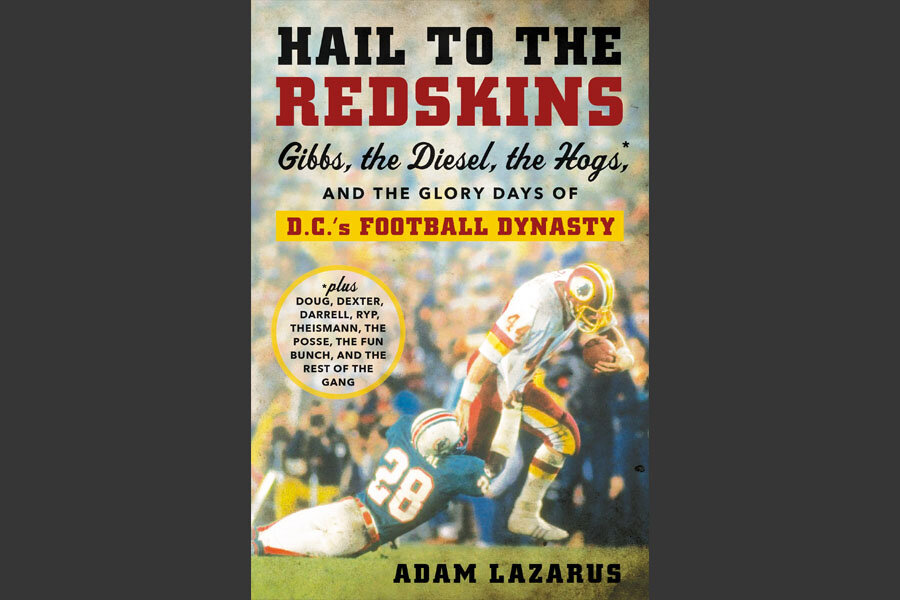Despite achieving mediocrity and (often far less) during much of their history, the Washington Redskins have long been the the most zealously followed team in the nation’s capital. Nowadays its controversial nickname often seems most responsible for landing it national headlines, but there was a time, not too distant, when the Redskins were a perennial NFL power under head coach Joe Gibbs. That was when the team won three Super Bowls in the space of 10 years (between 1983 and 1992), and did so, amazingly, with three different starting quarterbacks. The backbone of those teams, however, was running back John Riggins, nicknamed “the Diesel,” who ran behind supersized offensive linemen known as the Hogs. “Hail to the Redskins” tells the inside story of the franchise’s glory days.
Here’s an excerpt from Hail to the Redskins:
“In less than two years, Job Gibbs – greatly aided by assistant head coach Joe Bugel – had built the biggest, strongest, and most intimidating running game in football. By the end of the 1982 season, it was so efficient and reliable that opposing defenses knew exactly where John Riggins was headed and were still incapable of stopping him.
“But the scheme that Gibbs designed relied on more than just a punishing runner and massive blockers at the line of scrimmage. Washington’s offense was the perfect blend of brute and brains.
“From the day he arrived in Washington in January 1981, Gibbs believed in confusing defenses as much as he believed in outmuscling them.
“'I have one basic philosophy,' he said at his introductory press conference. 'Don’t slow down for the defense. You attack the defense.'”







